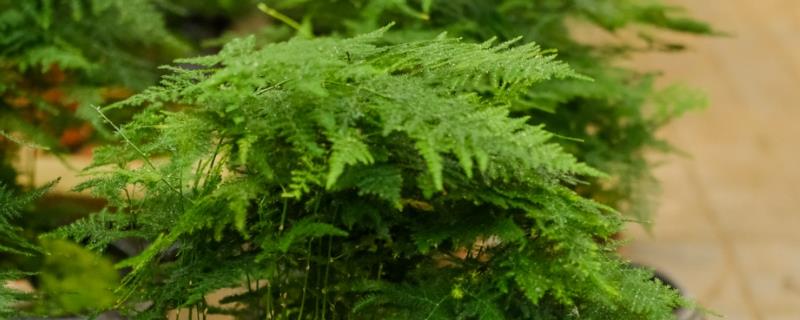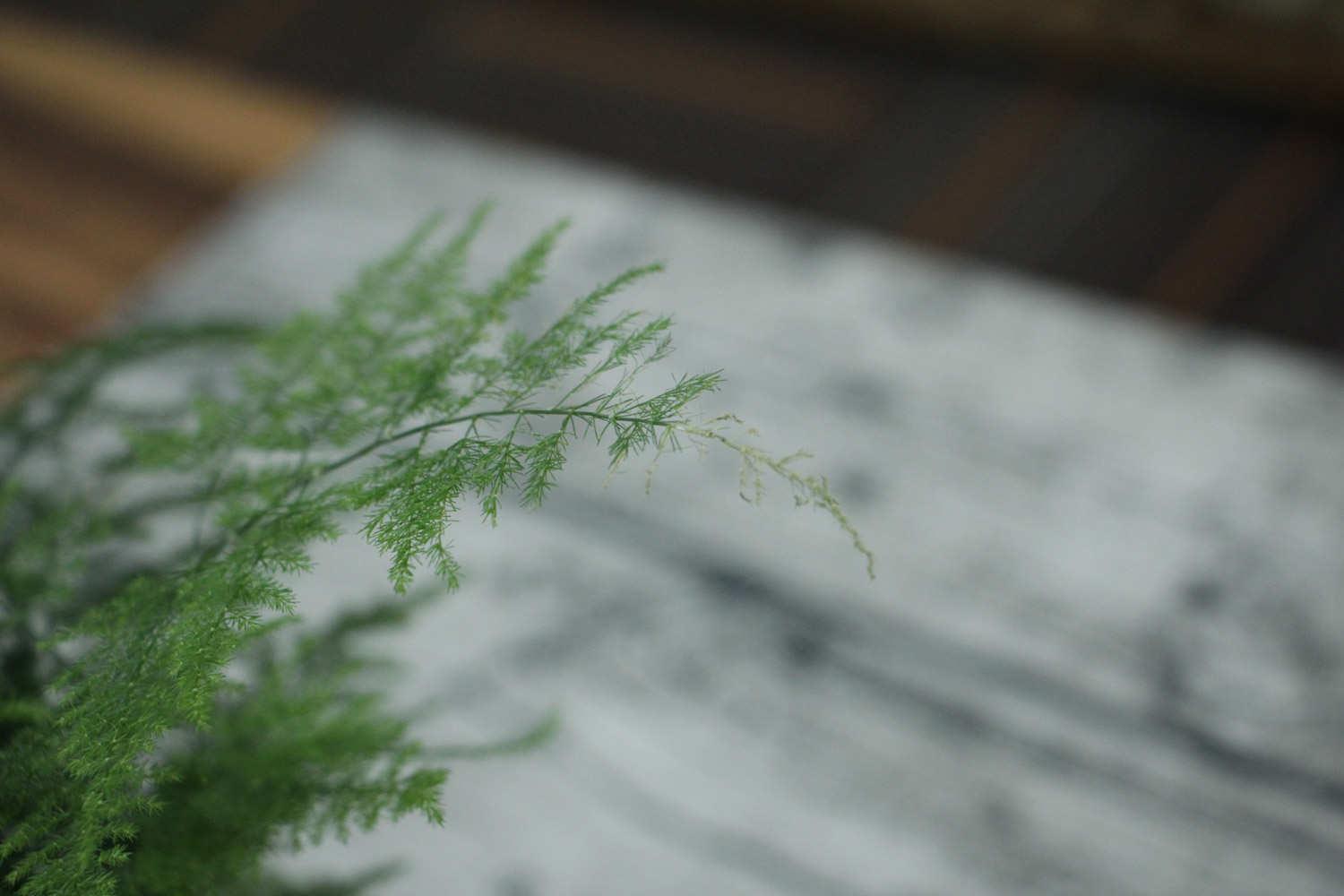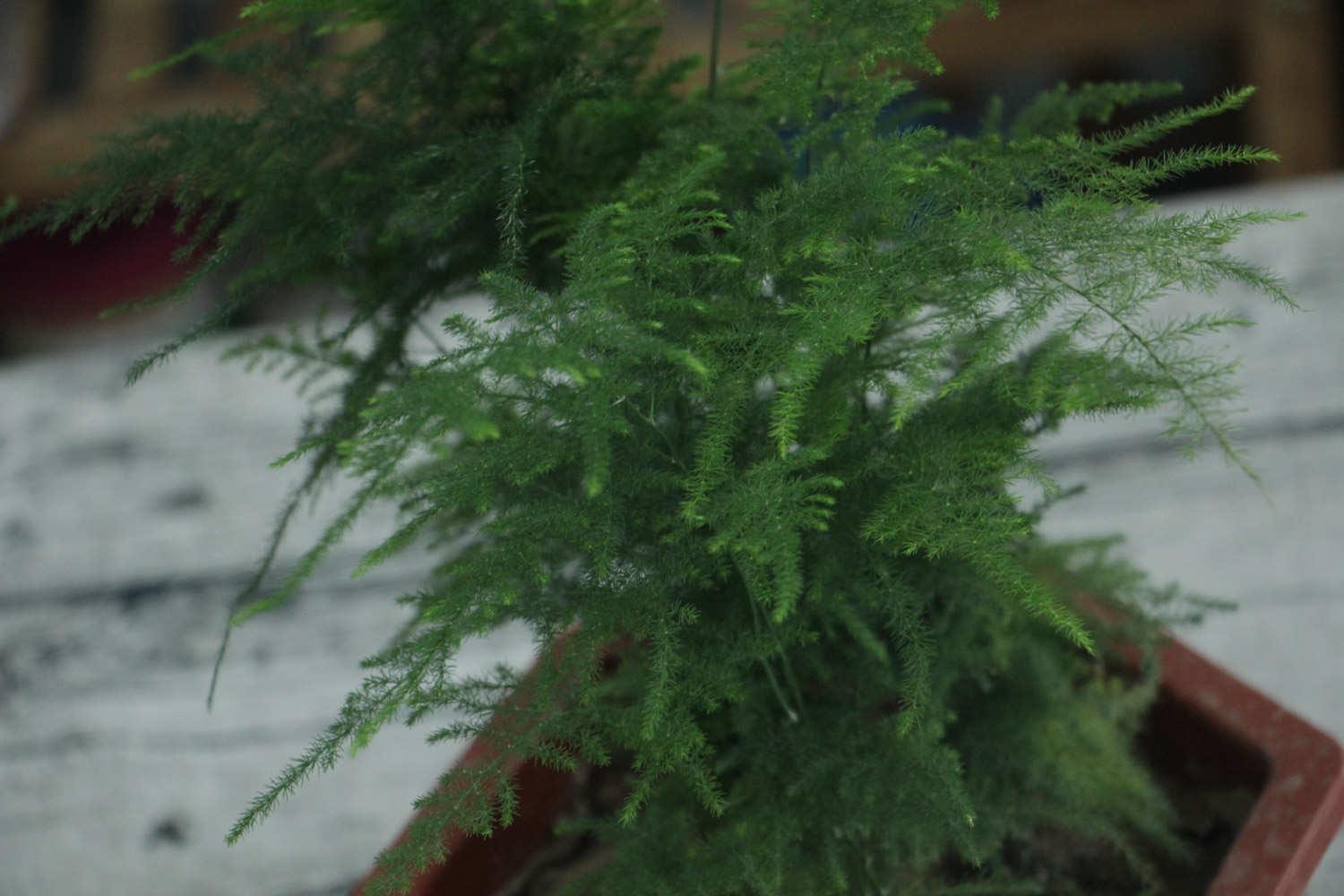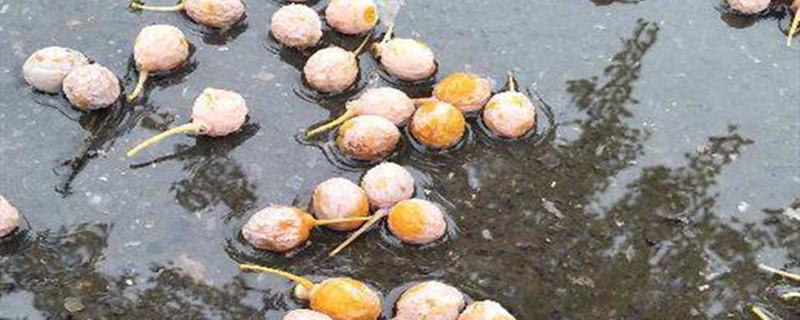How to remedy the yellow leaves of asparagus
Last Update :2024.11.14
Article Catalog
1. Temperature increase and temperature control
If the yellow leaves of asparagus are frostbitten due to low temperatures, the temperature should be controlled as soon as possible and kept above 10°C. If root breathing is hindered due to excessive watering, the accumulated water should be drained and ventilation should be increased. If drought and yellowing occur due to lack of water, water should be sprayed as soon as possible to increase the humidity. If the plant is sunburned due to too strong sunlight, it must be shaded as soon as possible. If fertilizer damage occurs due to improper fertilization, the fertilizer should be rinsed with water as soon as possible, and the soil should be replaced if necessary.

1. Temperature increase and temperature control
1. Temperature increase and temperature control
Asparagus prefers a warm environment and has poor cold tolerance. If the temperature cannot be controlled well after winter and the plant is exposed to low temperatures for a long time, the asparagus will be susceptible to frostbite, resulting in the leaves turning yellow or even drying up. If you suffer from frostbite due to low temperature, you must take measures to keep warm as soon as possible. If you want to move asparagus to a heated room, the temperature must be controlled above 10°C to avoid further freezing. It may slowly resume growth after the temperature rises in spring.

2. Water appropriately
Asparagus prefers a humid environment, has slight drought tolerance, and is afraid of waterlogging. Too much water or lack of water for a long time can easily lead to root rot. If it is caused by overwatering and hindering root respiration, the accumulated water in the soil should be drained as soon as possible, and ventilation should be strengthened to evaporate the water. If necessary, the plants should be removed and re-soiled for cultivation. If it is a drought caused by lack of water, water it as soon as possible, preferably thoroughly, and spray water around frequently to increase the humidity.

3. Shade and sun protection
The yellow leaves of asparagus may also be caused by sunlight. It tolerates shade but not sunlight. If it is exposed to strong light for a long time, it will be easily sunburned, resulting in yellow leaves. , or even dry conditions. If this is the case, you should cut off all the yellowed and dry leaves as soon as possible, and move them to a cool, well-ventilated environment for maintenance. Spray water around regularly, and the growth will slowly resume.

4. Reasonable top dressing
The yellow leaves of asparagus may also be caused by improper fertilization. If thick fertilizer or raw fertilizer is applied to it, it will easily cause fertilizer damage, which will lead to yellow leaves. If this is the case, water should be poured in as soon as possible to rinse the fertilizer, and the fertilizer liquid should be drained out. If the fertilizer damage is serious, it is best to repot the plant so that it will resume growth quickly.
2. Water appropriately
3. Shade and sun protection
4. Reasonable top dressing
- END -
Is ginkgo poisonous? What are the functions of ginkgo?

Although ginkgo has high nutritional value and contains a variety of trace element...
In what month do bougainvillea sprout?

Generally, bougainvillea will germinate in spring from March to April. In warmer a...